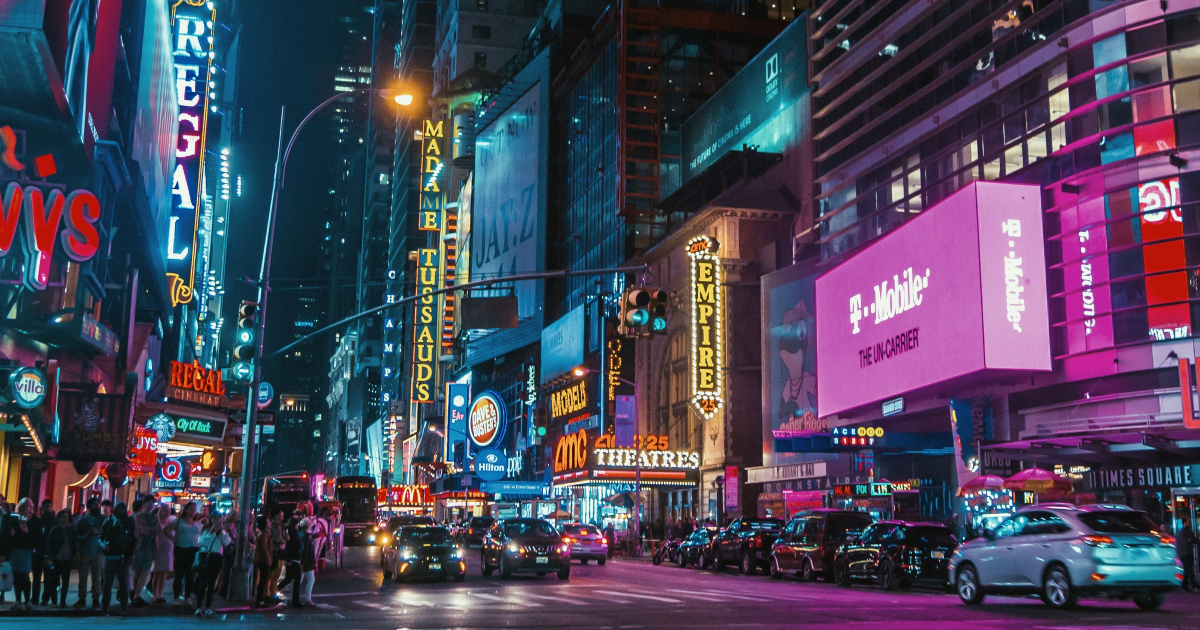According to recent research, more than 80% of companies agree that it’s easier and more cost-effective to retain an existing customer than acquire a new one.
Brand loyalty is a critical asset to any growing business, but how do you achieve it?
The key is to create a compelling program that rewards your current clients and encourages on-the-fence buyers to give your shop a try.
Not sure where to start? Today, we’re sharing nine incredible brand loyalty examples to inspire you!
1. Apple

Did you know that 70% of iPhone users are loyal to the Apple brand and have no plans to purchase any other type of smartphone?
While Samsung has its own die-hard fans, no one can deny the holding power that Apple has managed to achieve.
How does it continue to dominate this market, even if users have to wait in mile-long lines with each new release? The answer lies in Apple’s robust customer loyalty strategy.
Unlike other tech companies, you won’t find a dedicated rewards program here. You don’t get points with each purchase that you can redeem to buy other Apple products. Even the most long-term clients still have to pay top dollar for the latest device.
So what keeps buyers coming back to Apple? Put simply, product quality.
Apple has made a name for itself by constantly releasing new and improved versions of every item in its product line. Then, it delivers on those promises.
New releases are sleeker and more feature-rich than ever, and Apple fans clamor for them. With each purchase, they can say that they have their hands on the latest and greatest piece of technology and that knowledge alone can fuel an incredible amount of loyalty.
At the same time, the Microsoft operating system also helps lock customers in.
These interfaces are dramatically different from anything else on the market and don’t play well with others. Once you learn how to navigate the iOS, it’s easier to stick with Apple rather than toggle between different systems.
2. DSW
While Apple doesn’t follow a traditional rewards-based marketing strategy, DSW does.
For years, the brand has upheld a VIP loyalty program that allows customers to earn points with each purchase. As they spend more money at the popular shoe store, they can unlock new reward tiers, which offer greater incentives.
One of the best parts of the program? There are no key fobs to keep up with or plastic cards to stash in your wallet. Store representatives can pull up your loyalty account record based on your name, phone number, or payment information.
While this approach is refreshingly seamless, it can cause a slight issue. Without physical loyalty cards, customers tend to forget a brand’s rewards program even exists.
This happened to DSW in 2017, so the company decided to revamp the program. They started an email campaign that targeted past buyers, reminding them of their loyalty status.
In each personalized email, buyers learned important details, such as how much more they needed to spend to get a $10 certificate, or which deals they could currently cash in.
The campaign was successful because the messages were tailored to each recipient. According to one report, companies with robust personalization strategies can improve their growth rates by up to 10%!
3. Nike
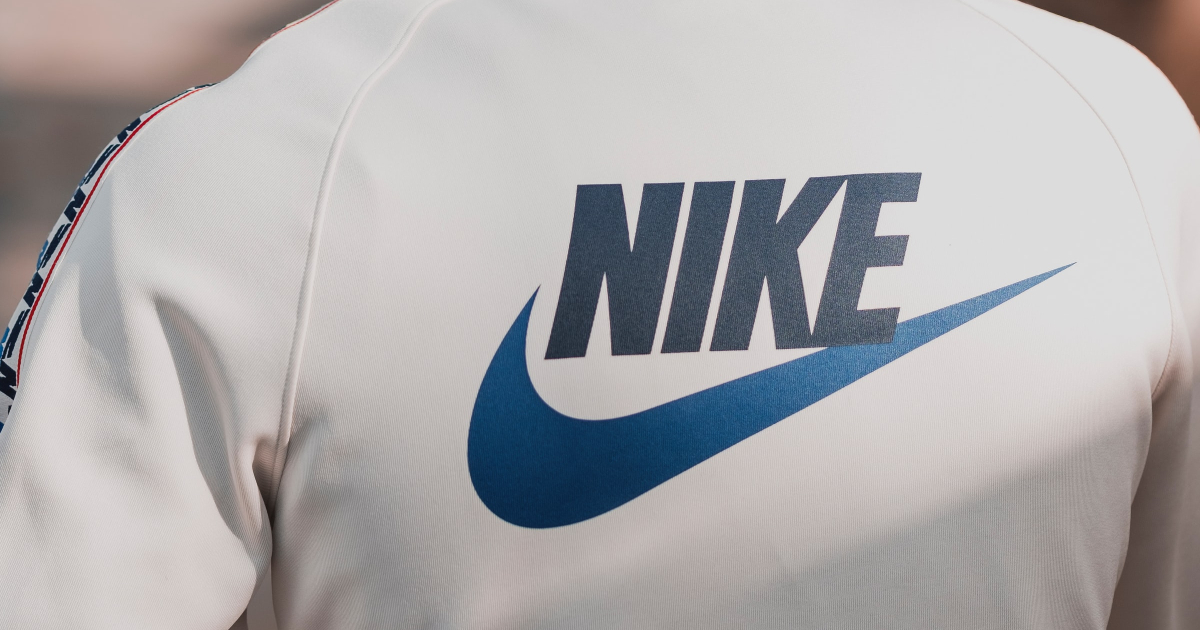
There’s a reason why “Just Do It” is one of the most enduring taglines of all time. Nike has built an incredible brand reputation and amassed a following of loyal customers since the early 1960s.
Much of this loyalty can be traced back to the Nike Membership Program. When buyers join the free program, they gain immediate access to a host of rewards, such as:
- Access to exclusive, members-only styles
- Free standard shipping on every order
- Invites to webinars, workshops, and workouts
- Nike sneaker customization
- Wear-testing opportunities
In addition to these perks, Nike has also done a great job of using professional athletes as spokespeople. It’s hard to think about Michael Jordan now without seeing that iconic Swoosh, and that’s exactly the point.
Looking to elicit the same type of brand recognition and customer response at your own company? A digital marketing agency can help you uncover your selling points and highlight your differentiators to bring the right people through your doors.
4. Sephora
Are you a Sephora Beauty Insider? Whether you shop the black-and-white storefront or purchase your necessities online, it pays to be in the know.
The insanely popular beauty enterprise boasts more than 25 million members in its loyalty program, and that number continues to grow.
Based on a traditional points system, Sephora’s program rewards buyers for every item they buy. As they amass points, they can use them to help offset the cost of future purchases.
The innovative part about this approach?
Sephora doesn’t limit customers on how they can spend those points. Once you earn them, they’re yours. You can choose to use them on standard products, or exchange them for:
- Exclusive promotions
- Limited-edition products
- Gift cards
- In-store tutorials
This flexibility is a major selling point and helps explain why Beauty Insiders are responsible for 80% of Sephora’s total sales each year.
5. Chick-Fil-A
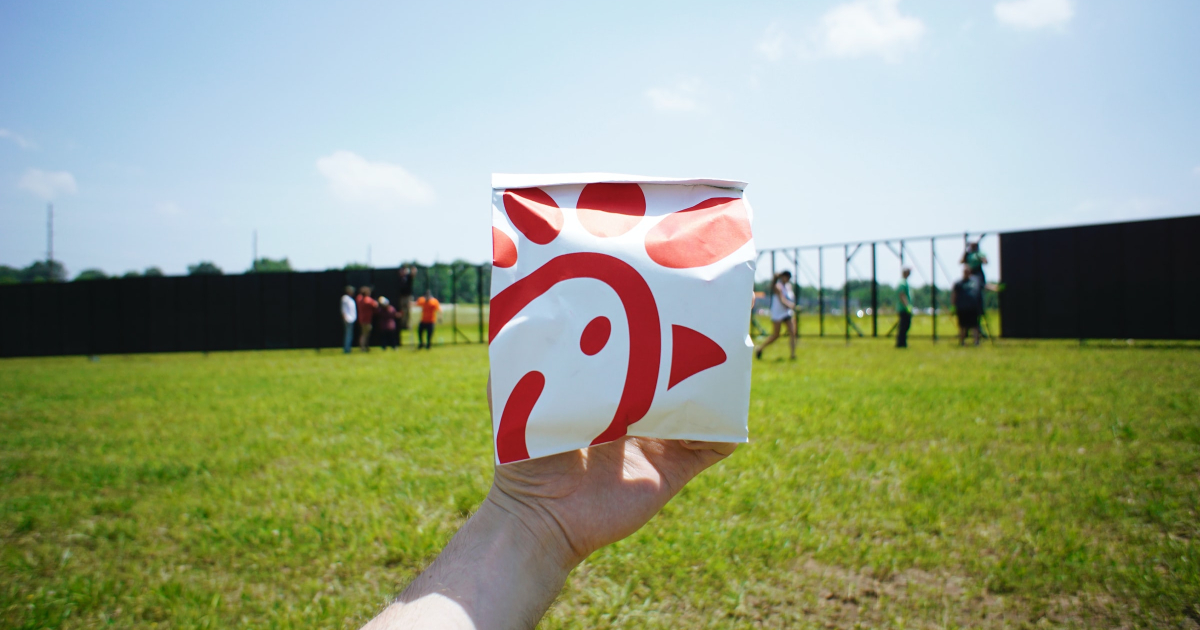
Its social stance can be polarizing, but Chick-Fil-A is sticking to it. In return, it’s earned the loyalty of millions of hungry Americans, who agree and stand behind the brand’s conservative values.
This is another example of how to build brand loyalty without a traditional rewards system.
Chik-Fil-A is active within its local communities and has earned a name for being one of the most philanthropic American brands. Plus, consider how endearing their cow mascots are, with their humorous misspellings and family-friendly antics.
All of it works together to encourage families to stop by with their children in tow. The fact that the doors are closed on Sundays (another nod to the company’s religious roots), just makes the Monday through Saturday crowd that much bigger.
6. Starbucks
For many people, the day doesn’t begin until they have their Mocha Frappe in hand. If you’re a Starbucks fan, then you know how powerful their loyalty program can be!
The My Starbucks Reward system gives users access to a range of benefits, including:
- Flexible payment options
- Free food and drinks
- Free merchandise and accessories
- Free refills on coffee and tea
- Birthday treats
Sure, you can find cheaper coffee at dozens of different locations. However, Starbucks drinkers are committed to the brand and these perks definitely help.
7. Amazon
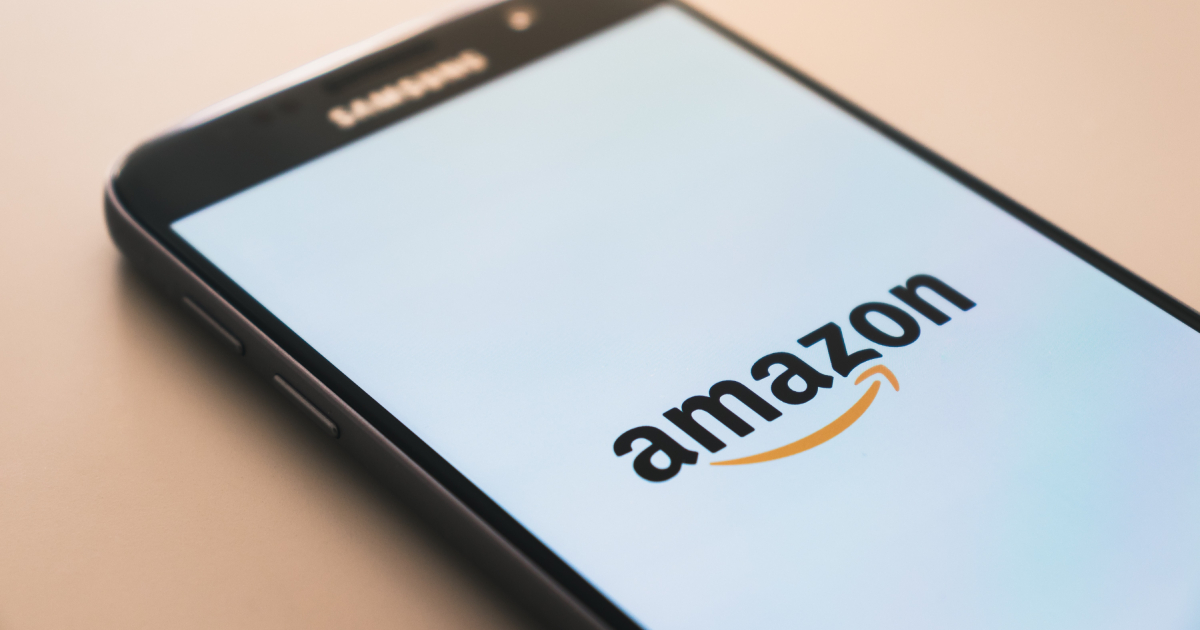
In 2021, Amazon earned a new distinction: 50 million new members joined its Prime program that year, bringing the total number to more than 200 million. It’s hard to talk about examples of brand loyalty without adding this name to the list.
For a flat annual fee, users have access to many different benefits, including Prime Day sales, and the Amazon Prime streaming service. Plus, who can forget the gold standard of loyalty programs: unlimited two-day shipping on thousands of different products!
Yes, most of the products you can find on Amazon are available elsewhere. This includes major competitors like Walmart. However, it’s these exclusive perks that keep shoppers clicking “Add to Cart”.
8. Coca-Cola
In a world of kombucha and coffee, how does a soft drink brand like Coca-Cola stay afloat? Moreover, how does it distinguish itself from similar drinks like Pepsi?
These questions become even more confounded when you consider how different countries have their own version of Pepsi. The recipe isn’t even standard around the world!
Yet, Coca-Cola remains one of the most instantly recognizable brands, with one satisfied customer after another. One of the main reasons? Undeniable nostalgia.
The brand partnered with Norman Rockwell in the late 1920s, and those original works of art set the stage for decades of throwback vibes. The logo has remained largely unchanged since its creation in 1886, and the drink itself is synonymous with the good ol’ days.
It’s this connection that keeps customers sipping happily, even as the brand introduces new flavors or tries to modernize its advertising strategy.
9. Lululemon
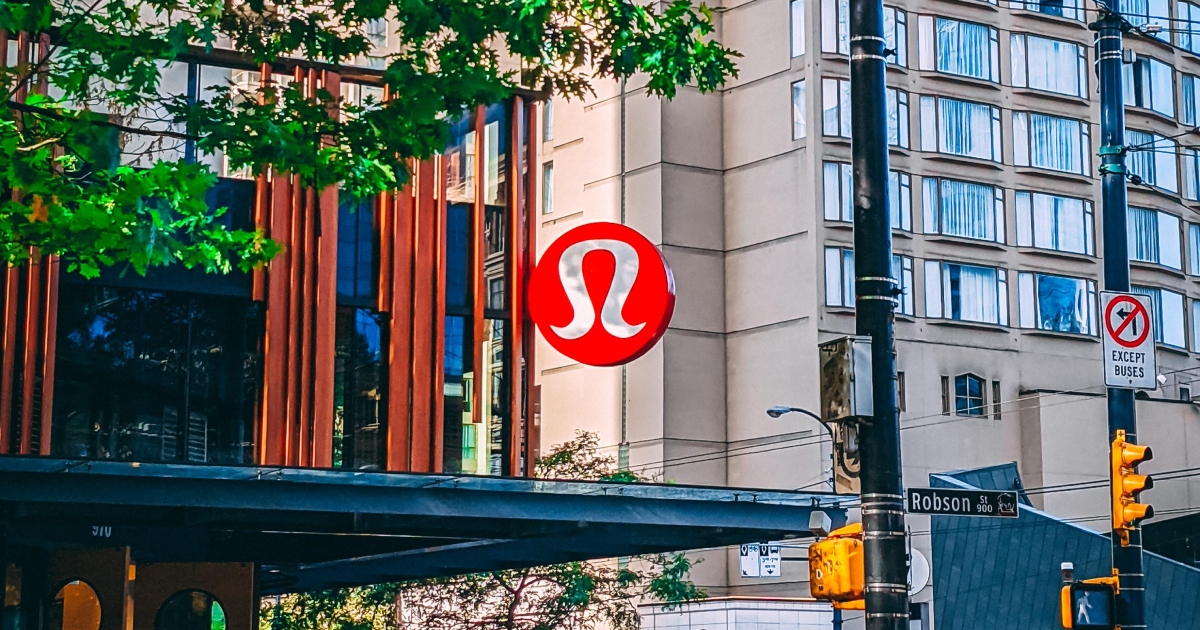
A few years ago, you might have thought that $50 for a pair of stretchy yoga pants was outrageous. Now, check your closet.
Chances are, there are more than a few pairs of Lululemon pants in there, along with the brand’s comfy tees, jackets, and athletic shorts.
The brand has skyrocketed to recent success thanks to a smartly designed website that emphasizes health and wellness.
In 2018, the brand experimented with a membership program that gave buyers access to perks like free shipping, workout classes, and events for an annual fee of $128. The promotion ran in a few cities pre-COVID but was never fully implemented.
Lululemon recently announced plans to revamp the program in the fall of 2022, which should add even more loyal customers to the mix.
Learn From These Brand Loyalty Examples
In the world of marketing, it helps to learn from industry leaders. These are pioneers who had gone before you and blazed a path to follow. Some companies also use brand collaborations to gain even bigger profits.
The nine companies above are market mainstays for a reason. They knew the right tactics to use to catapult their brands to unmatched success. Now, they’re household names and are destined to stay that way long into the future.
Let these brand loyalty examples inspire you to unlock your own potential and put the spotlight on your business. In the meantime, check back here often for more advice on everything tech-related!
